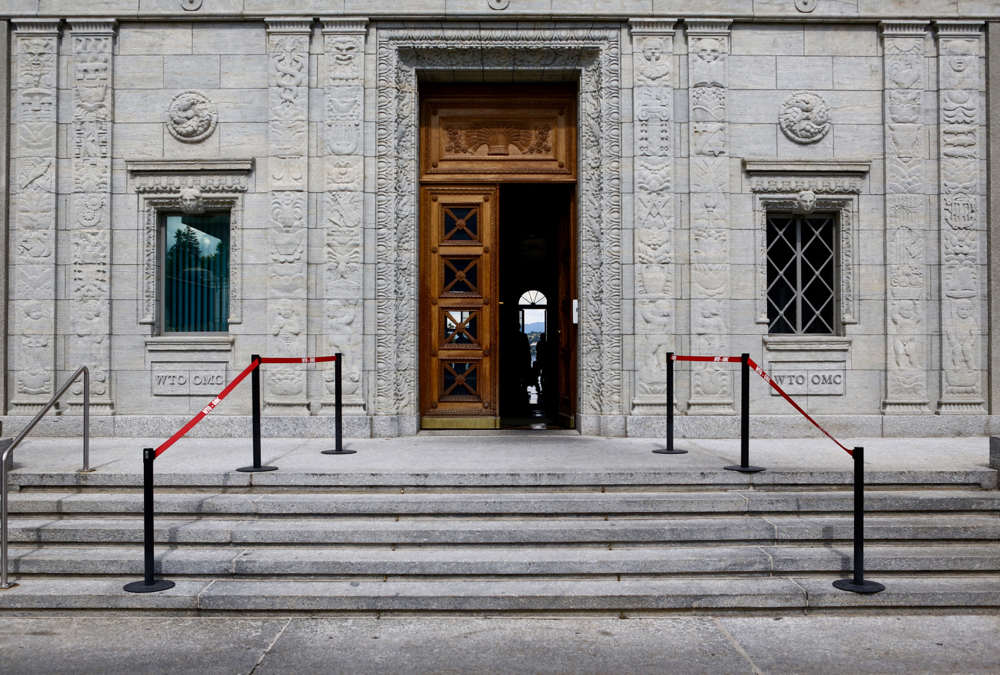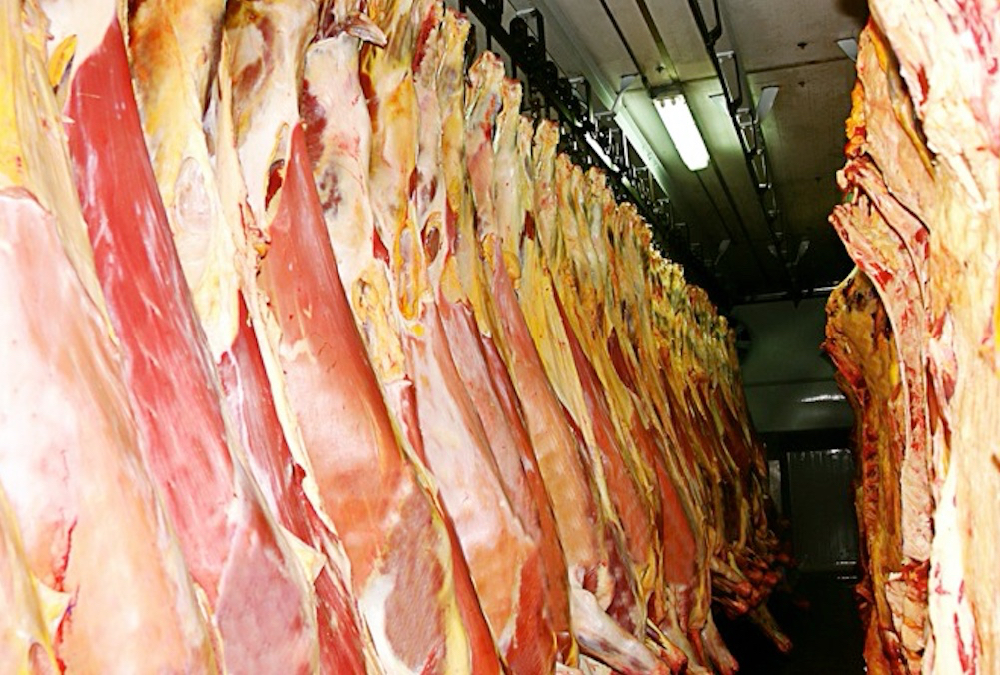I had a discussion recently with a trade expert from the Canadian Consulate in Denver. The occasion was a celebration of the conclusion of the USMCA. Our discussion revolved around getting rid of the steel and aluminum tariffs the U.S. had put on Canadian and Mexican exports of those products. That is the key to getting rid of the retaliatory tariffs both countries had responded with. We both had heard the discussions were ongoing and intense.
His comment was that discussions were rumoured to be stuck on the myriad different products made from the two metals and how to regulate them if the path was to be quotas instead of tariffs.
Read Also

Picking the most efficient cows to rebuild your cow herd
A new cow ranking system to help beef farmers and ranchers pick the most efficient cows as they rebuild their herds.
My immediate thought was why not regulate the source steel and aluminum stock and be done with it. Government officials seem only able to talk in that government vernacular that uses many more words than usual to obscure rather than explain the meaning of things. Coming up with lists of hundreds of products rather than putting quotas on tons of steel or aluminum is probably a no-brainer for them.
Of course, the assumption by us bumpkins out in the country is that, naturally, everyone wants to see the tariffs go.
That may not, necessarily, be true.
If President Trump is serious about reviving the U.S. steel industry, it may not be the case. Plants have been reopened and workers hired back but that is not the same as a serious revival of the industries.
Supposedly, the original goal, according to Commerce Secretary Wilbur Ross, was to get U.S. steel capacity up to 80 per cent utilization, having increased it to 77.4 by September. Some 1,000 jobs have come back in basic industries. But the real impact has been on pricing, with hot rolled steel peaking up 50 per cent in midsummer and softening to $850/ton in the U.S., compared to US$650 in Canada and less in the EU.
But industry experts say little appears to have been done along the lines of investments to make the U.S. steel industry more competitive long term. The industry might see the tariffs as a temporary way to make a quick buck before they go away. That would mean they need more certainty or more incentive to make efficiency upgrades. That could come in the form of keeping the tariffs or installing quotas.
By our evaluation, that would do little to salve Canadian sensitivities, still smarting from U.S. Trade Representative Robert Lighthizer and President Trump’s rough and tumble approach to renegotiating NAFTA.
Get rid of the tariffs and prices will certainly soften. But while Canada provides roughly 15 per cent of the steel U.S. imports, Canada gets 90 per cent of the steel U.S. exports.
As usual, when the principles of free trade aren’t followed, the result is lots of regulatory make-work, unneeded complexity and higher prices for consumers.
We haven’t been able to ascertain if negotiations have continued parallel with the Mexican government. Mexico had an administration changeover December 1 and the biggest agricultural hits in the U.S. have been from Mexican tariffs on American pork and dairy. Access to Canadian dairy markets are at issue for American farmers.
The G20 met at the end of November in Argentina. The initial plan was for the three countries to formally sign the treaty November 30, which fell conveniently during the summit. However, leading up to the summit, there were rumors Mexico would not sign the treaty if the tariffs were still in place. Prime Minister Trudeau didn’t indicate his position would be the same.
But there is reportedly a major reason Canada did not make noise about stalling on signing the USMCA. Politico Pro, a U.S. reporting agency and the CBC had reported that a side letter negotiated with the treaty was to protect Mexico and Canada from various assembled autos and auto parts tariffs should the U.S. impose a 25 per cent tariff on imported autos and parts.
Of course, that potential 25 per cent auto tariff is the big stick with which President Trump is threatening Japan and the EU. As beef producers, American cattlemen would love to see the president whip up on the EU, after 30 years of exclusion of our beef, despite the insistence of even their own scientists that our beef is safe. U.S. officials are getting close to serious negotiations with Japan, following up on President Trump’s predilection for bilateral agreements instead of multilateral.
In the States, the guessing game now is how much the election changeover from the Republicans to the Democrats in the House of Representatives will affect the ratification of the USMCA. Lighthizer claims he consulted the Democrats in negotiating the treaty, so as to head off some problems they might have had with it. The bizarre run-up to the election partially served to unify the Republicans. If that were to hold, only a dozen or so Democrat votes would be necessary to pass the treaty.















